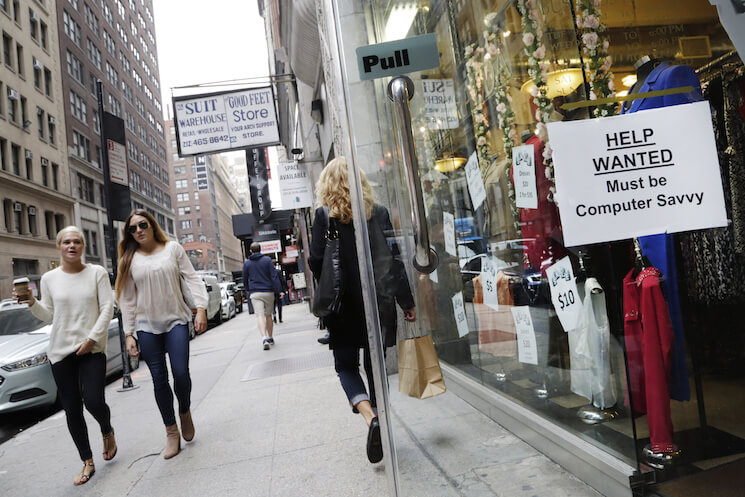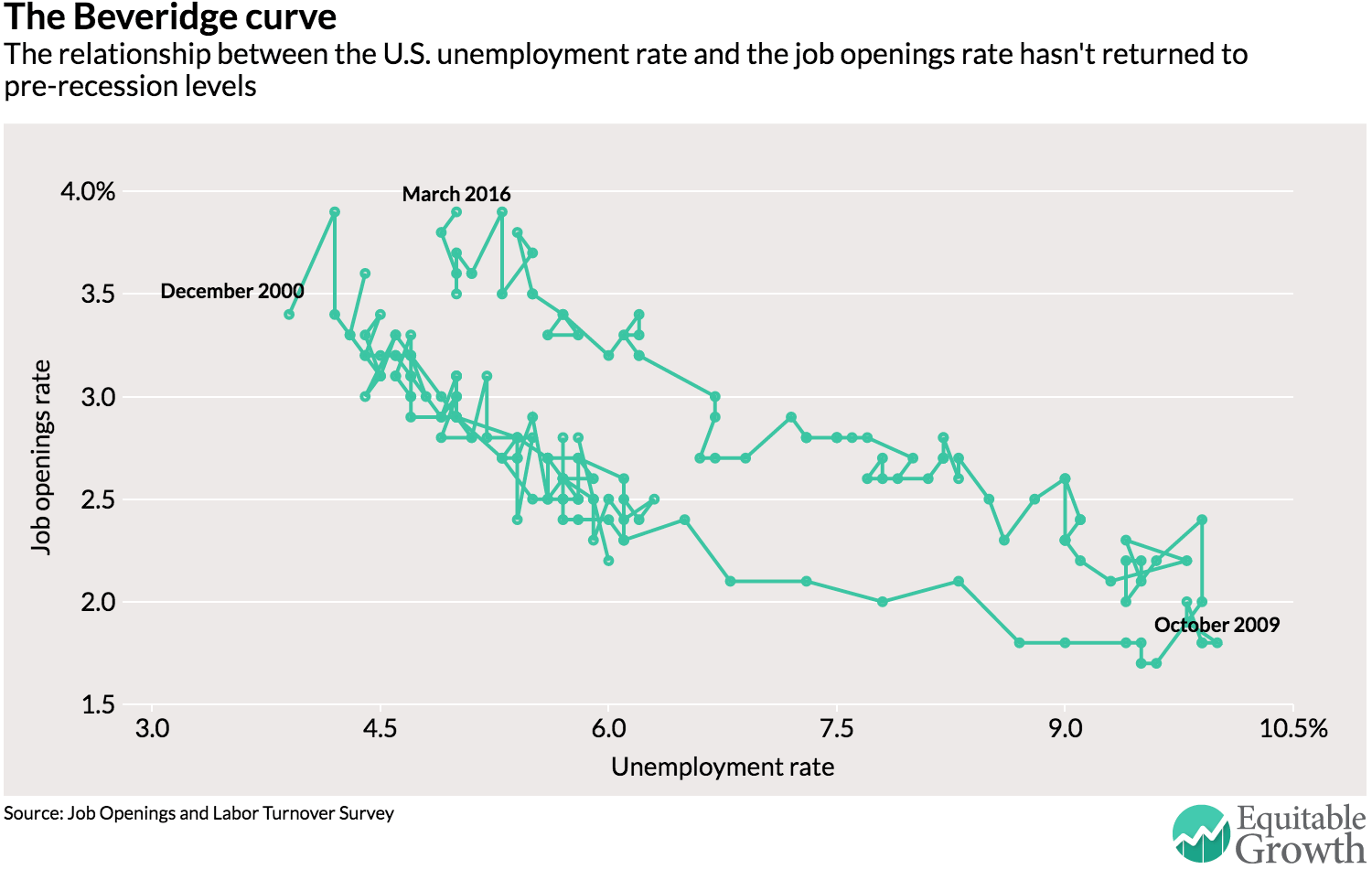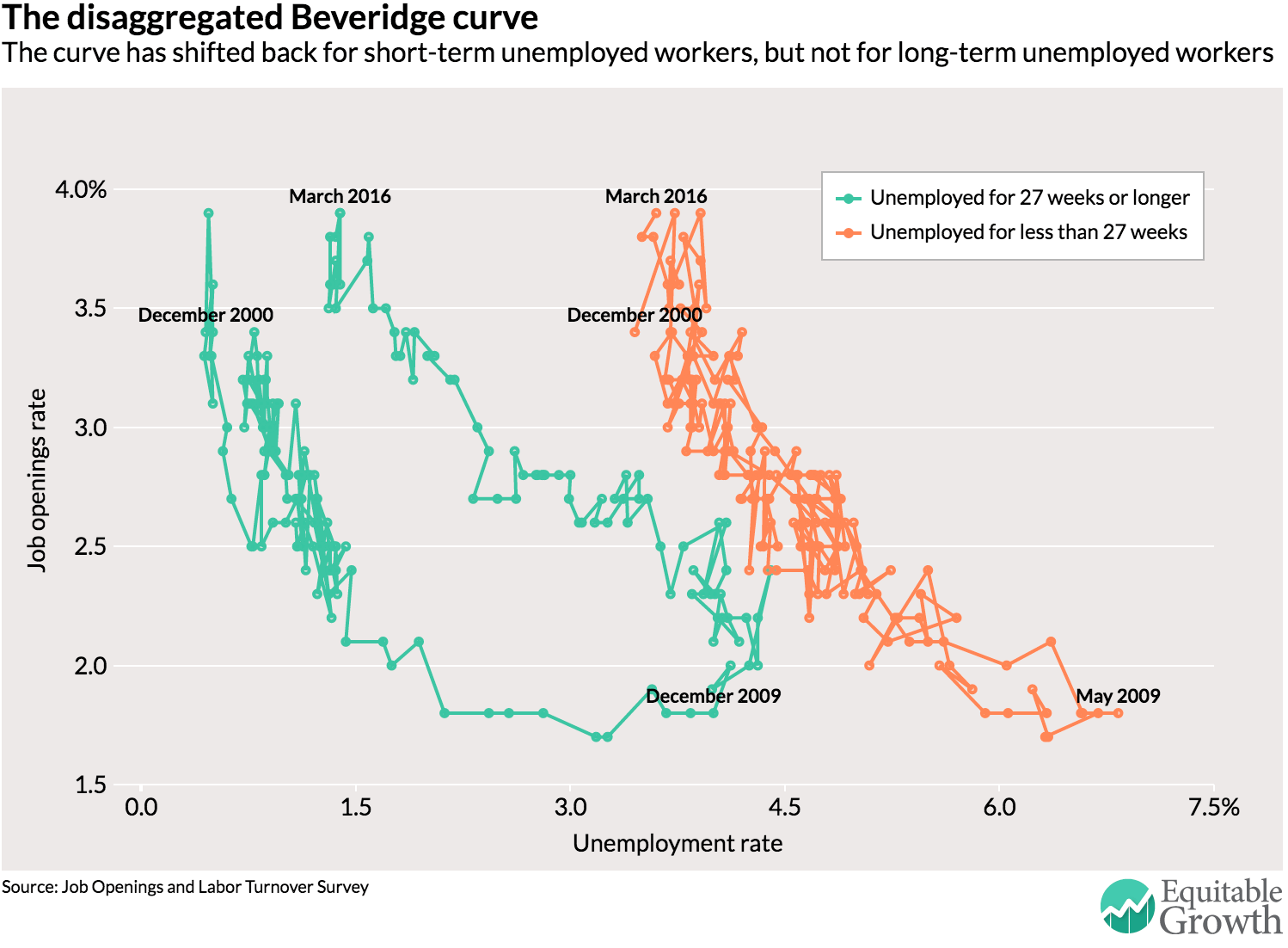Must-Read: Ah. The very smart Dan Drezner being very smart again. Brookings is surely not paying him enough…
My belief: (1) and (4) are known unknowns that will have their effects not over the next generation but over generations 2 through 4–they will shape history between 25 and 100 years from now, not between now and 25 years from now. The historical experiences of post-WWII Western Europe and East Asia strongly suggest that (2) is not a thing; the historical experiences of pretty much everybody else and every other era suggests that (2) is very much a thing. A breakdown of the doux commerce benefits (3) of the international division of labor is not to be anticipated, for the benefits are so great–but then this was an argument Norman Angell made with powerful force in the decade before WWI. And (5) strikes me as a very unlikely known unknown–representative democracy’s great advantage is that the citizens are aware that at some level they chose these clowns, and in a world in which divine right and the mandate of heaven are gone that is a very powerful stabilizing advantage.
So I would say: (2) is a thing. Focus on (2). And focus on the possibilities of (1) and (4) for longer-run forecasting exercises.
: Five Known Unknowns about the Next Generation Global Political Economy: “The commonality to the known unknowns is the intersection of economic questions with non-economic questions that economists take as given…
…The next generation world economy will de- pend crucially on the answers to the follow- ing ve questions:
- Has the accelerated growth experienced by the developed world since the start of the Industrial Revolution come to an end?….
Are there hard constraints on the ability of the developing world to converge to developed-country living standards?… The theory is that developing countries have lower incomes primarily because they are capital-deficient and because their economies operate further away from technological frontier… [thus] there are some growth advantages to “economic backwardness”…. This intuitive logic, however, is somewhat contradictd by the “middle income trap” [of] Barry Eichengreen, Donghyun Park, and Kwanho Shin… that as an economy’s GDP per capita hits close to $10,000, and then again at $16,000, growth slowdowns commence…. In fact, more countries that were middle income in 1960 had become relatively poorer than had joined the ranks of the rich economies…. Eichengreen, Park and Shin suggest that “slowdowns coincide with the point in the growth process where it is no longer possible to boost productivity by shifting additional workers from agriculture to industry and where the gains from importing foreign technology diminish.”…
Will geopolitical rivalries or technological inovation alter the patterns of economic interdependence?… The Kantian triad of more democracies, stronger multilateral institutions, and greater levels of cross-border trade is well known…. The liberal logic is straightforward. The benefits of cross-border exchange and economic interdependence act as a powerful brake on the utility of violence in international politics…. Interdependence can also tamp down con icts that would otherwise be likely to break out during a great power transition. Of the 15 times a rising power has emerged to challenge a ruling power between 1500 and 2000, war broke out 11 times. Despite these odds, China’s recent rise to great power status has elevated tensions without leading to anything approaching war…. Instead, both China and the United States have taken pains to talk about the need for a new kind of great power relationship…. Will this be true for the next generation economy as well?…
Will income and wealth inequality persist going forward, to the point when political externalities cannot be ignored?…
Will an alternative economic ideology supplant free-market capitalism as a viable universal model for large parts of the world?… The liberal capitalist model looks somewhat shopworn…. Elected leaders like Hungary’s Viktor Orbán have said explicitly that “liberal democratic states can’t remain globally competitive,” and that it is better to create “an illiberal new state” inspired by Russia and China. The issue is not whether Orbán is actually correct, but that he is publicly willing to articulate such an alternative. Such disdain among political leaders re ects populist trends across the developing world—including the United States—that show waning faith in democracy. Similarly, disillusionment has set in with the Washington Consensus set of neoliberal economic policies…. At the same time, some commentators are beginning to articulate an alternative model… enthusiasm in some quarters for the way that authoritarian states deploy a mix of sovereign wealth funds, state-owned enterprises, policy development banks, and national oil companies to accelerate economic development, buy off dissent, and promote technology transfer… a rise in “authoritarian capitalism” or “state capitalism.”…
Arguments from authoritarian strongmen can be discounted as self-serving. Support from Western pundits are more worrisome but can also be dismissed.158 Political theorists making the case for “political meritocracy” are harder to dismiss. Daniel Bell argues that meritocratic principles for selecting leaders based on virtue, social skills, and intellectual ability can produce superior forms of governance in theory. In practice, he argues that China’s current political model—“democracy at the bottom, experimentation in the middle, and meritocracy at the top”—is superior to Western liberal democracy as practiced. Bell goes on to observe that his political views are “quite middle-of-the-road among academics living and working in China.” Whether Bell is correct in his praise of meritocracy is not the point; what matters is that political theorists are putting forward arguments in favor of nondemocratic political models that could be universal in application…




